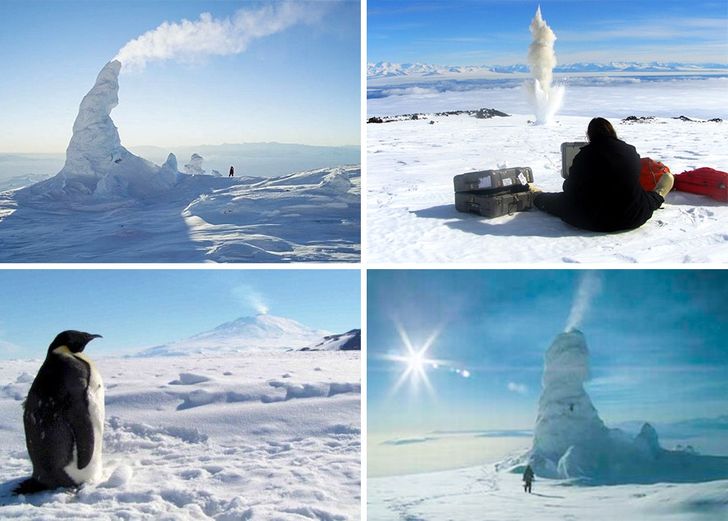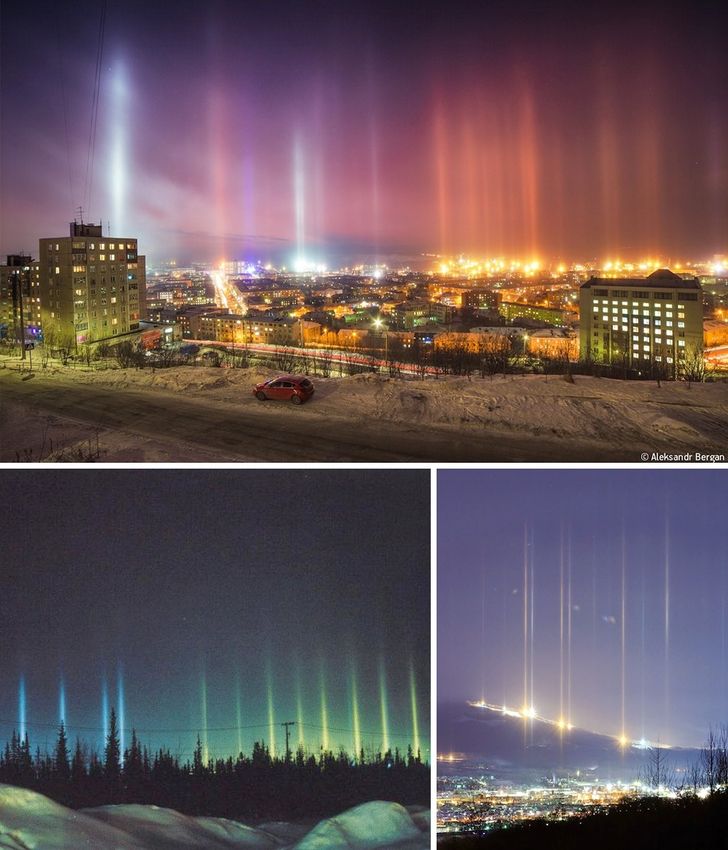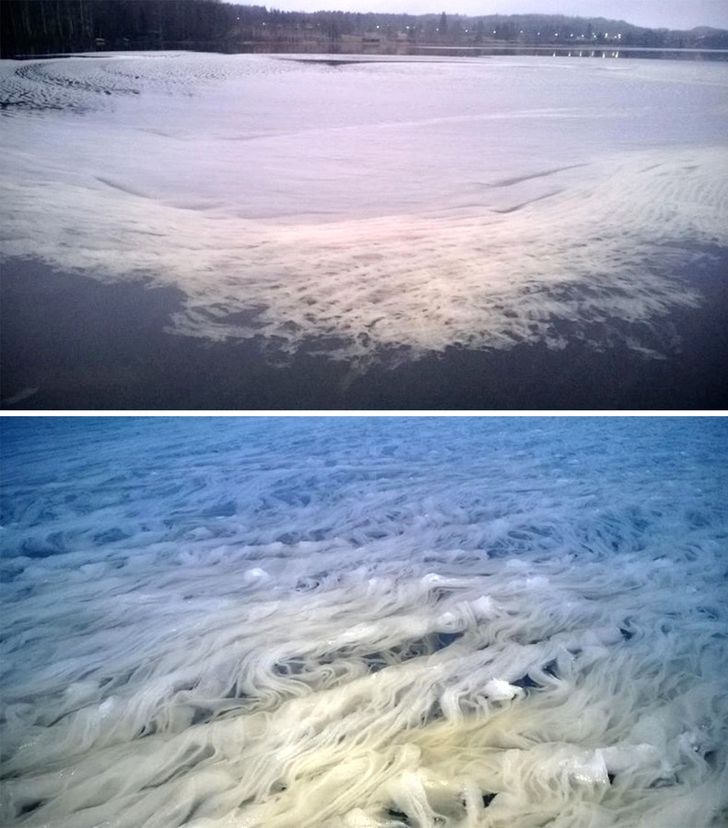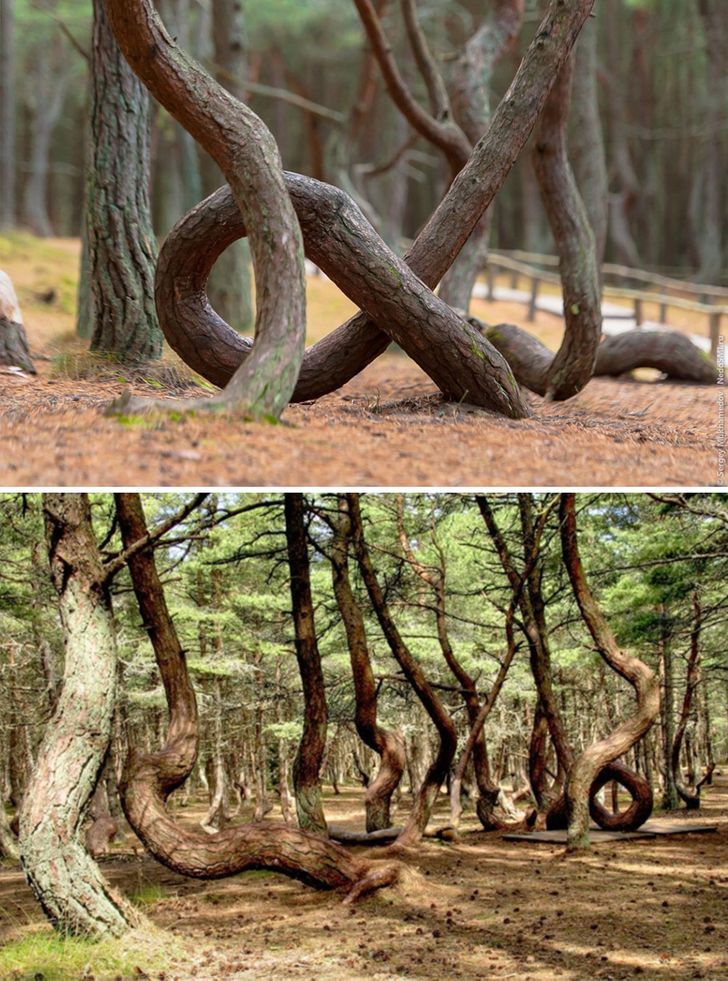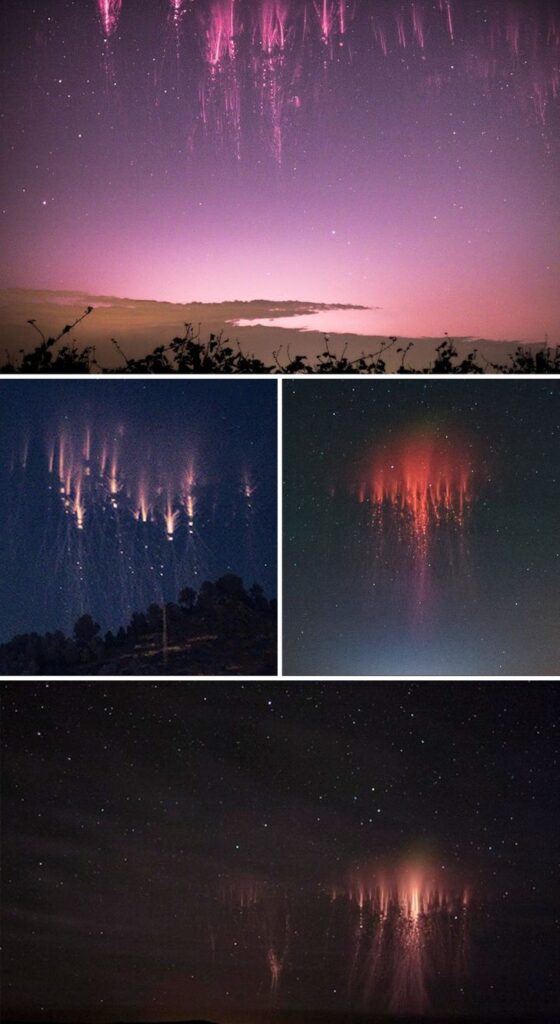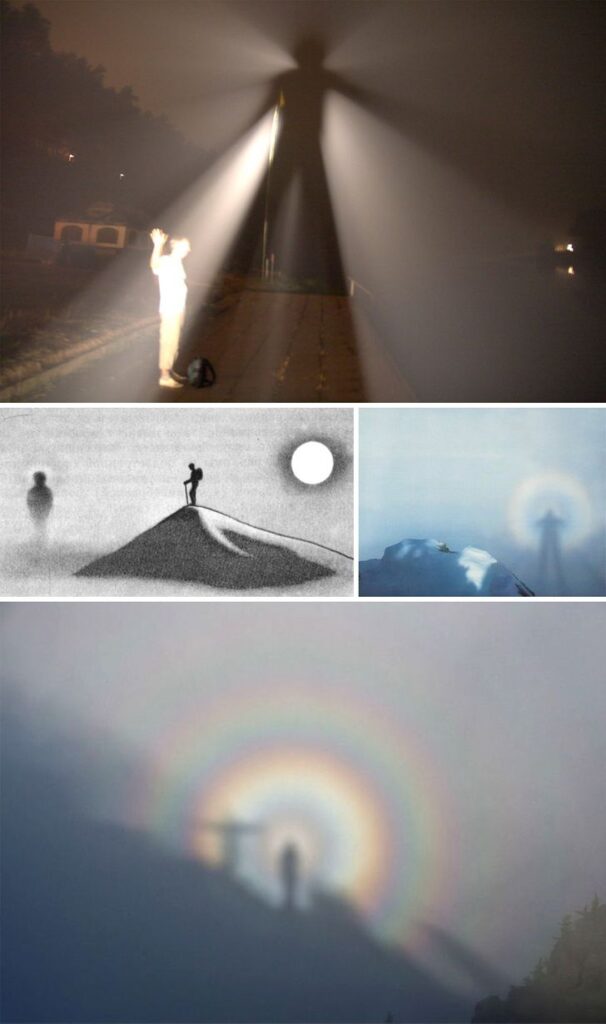We may think that human knowledge on Earth is complete and absolute, but that couldn’t be further from the truth. We have collected some of the weirdest and most incredible natural phenomena that prove that we are almost completely ignorant of our planet.
10. St. Elmo’s Fire
The towers and mast tops are sometimes lit by ghostly fires, usually during a storm.
Medieval Europeans believed that these dancing lights were the promised gift of Saint Telmo, the patron saint of sailors: legend has it that he promised to pray for them and give warnings in the form of lights on the masts.
Sources: wikipedia, science, scientificamerican
9. An Antarctic Volcano And Its Snow Pipes
Mount Erebus is one of the largest and most active volcanoes in Antarctica. It is covered in snow tubes made of frozen steam that comes out of the cracks.
Sources: volcanodiscovery, nationalgeographic, atlasobscura
8. Light Pillars
This beautiful optical phenomenon appears when light from the sun, the moon, or cities reflects off tiny ice particles in the air.
Sources: earthsky, amusingplanet, scribol
7. Snow “Spaghetti” In One Of Finland’s Lakes
A man from Hämeenlinna, Finland, discovered strands of snow that looked like pasta in the lake near his home. Later he found out that he could take these threads and make snowballs.
The threads may have been shaped by the movements of the wind and water before the snow melted.
Sources: lakescientist, yle, newscom
6. A Dancing Forest
There is a forest in Russia where the trees are strangely crooked, and scientists have yet to come to a conclusion about this phenomenon.
Some think the reason is parasites, while others blame the strong winds from the sea. Veterans think this place is haunted.
Sources: park-kosa, odditycentral, scribol
5. Sprites
Some thought that these red or blue flashes that appear at high altitudes were alien spacecraft. It was only after the phenomenon was captured in 1989 that goblins were shown to be “distant relatives” of lightning.
Sources: nationalgeographic, popsci,elf.gi.alaska
4. “Red tide”
The red tide is caused by large amounts of small red algae near the surface of the water, a phenomenon similar to the blooming of water.
Red tides are dangerous for the inhabitants of the sea because the oxygen content in the water decreases, while hydrogen sulfide and ammonia increase.
Several scientists link the red tide to the first plagues of Egypt, where the waters of the Nile have turned to blood, killing fish.
Sources: oceanservice, sciencedaily, ncbi
3. Brocken Spectre
If you are in the mountains and look away from the sun, you can sometimes see the shadow of a giant surrounded by a halo of rainbows.
This is actually the observer’s own shadow cast in the fog. Small drops break the light, which then forms a halo around the shadow.
This phenomenon is most prevalent on Brocken, a mountain in Germany. It was already thought that it was the work of the witches on Walpurgis Night.
2. A Hidden Ocean Beneath The Earth’s Crust

The image above shows the mineral called ringwoodite, and it is peculiar for its pressurized water content. Recent studies show that deep in the earth’s mantle, surrounded by a layer of rare minerals, there is a vast ocean, the total volume of which can be equal to or greater than that of all the oceans on the earth’s surface.
Ringwoodite proves its existence since this mineral only forms under mantle conditions, yet in presence of water.
Sources: livescience, iflscience
1. The Sun’s Influence On Our Planet

For the first time in the history of astronomical observations, model calculations show that changes in solar activity can seriously influence our climate.
Along with human-induced climate change and natural climate change, the Earth’s temperature is highly dependent on solar activity. As it varies, so does the intensity of the sunlight that reaches the surface of Earth
According to scientists, in the next 100 years, the activity of the Sun will cause a significant change in temperature on Earth. It will decrease by half a degree.

